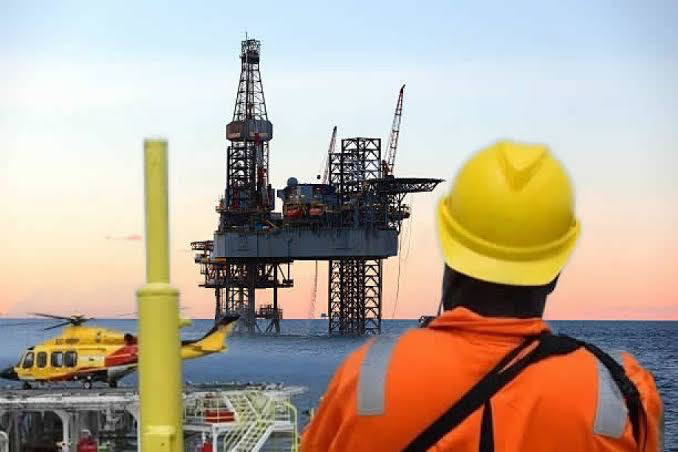Africa is witnessing a transformative surge in its natural gas industry, with Angola at the forefront of this revolution. From exploration to production and exports, Angola’s oil and natural gas sector is bustling with new initiatives and investments. In the past year alone, international oil companies and the Angolan government have partnered to award numerous service contracts worth billions of dollars to regional operators, driving significant growth in the industry.
One of the most notable developments is the advancement of the Quiluma and Maboqueiro gas fields in the Lower Congo Basin offshore Angola. In August 2022, Saipem, an Italian multinational oilfield services company, was granted USD 900 million through three engineering, procurement, and construction contracts for both onshore and offshore work associated with these projects. These efforts are spearheaded by the New Gas Consortium (NGC) in collaboration with Angola’s National Agency for Oil, Gas & Biofuels. The NGC, led by Italian hydrocarbon giant ENI, includes shareholders like France’s TotalEnergies, Britain’s bp, Angola’s Cabinda Gulf Oil Company, and Sonangol. The consortium expects production at these fields to begin in 2026, with an estimated output of four billion cubic meters (bcm) of liquefied natural gas (LNG) per year.
Angola’s success in the natural gas sector can be attributed to the investment-friendly environment cultivated by its leadership in recent years. Despite being sub-Saharan Africa’s second-largest oil producer, Angola continues to push for increased production. The country produces approximately 1.1 million barrels per day (bpd) of crude oil, and with the recent Block 15 deepwater discovery at the Kizomba B area by ExxonMobil and its partners Azule Energy, Equinor, and Sonangol, production is set to rise.
Angola’s strategy includes starting new wells and reevaluating mature facilities, showcasing a commitment to progress that other African nations can emulate. With 27 trillion cubic feet of natural gas reserves, Angola holds immense potential for job creation, energy poverty alleviation, and a pathway to energy transition. A competent administration is essential to guide this economic development effectively.
Since taking office in 2017, President João Lourenço has focused on strengthening Angola’s oil and gas sector and enriching its population. His long-term vision involves expanding Angola’s LNG exports and further developing its gas industry through a comprehensive master plan designed to position Angola for prosperity over the next 30 years. By improving the business environment and tackling internal corruption, Lourenço has made Angola more attractive to foreign investors. The reappointment of Diamantino Pedro Azevedo as Minister of Mineral Resources, Petroleum, and Gas, who has been instrumental in Angola’s regulatory overhaul, underscores this commitment.
President Lourenço’s vision extends beyond exporting hydrocarbons. His plan includes expanding refining and storage facilities and preparing for a low-carbon economy by implementing photovoltaic power plants and producing green hydrogen. Additionally, Angola aims to increase its use of clean energy sources like hydroelectric power. Lourenço believes that fostering international relationships will secure future business partnerships, further enhancing Angola’s economic position.
A significant milestone in Angola’s energy journey was President Lourenço’s 2023 meeting with U.S. President Joe Biden. The declaration of Angola as a strategic partner led to the announcement of billions in U.S. investment to supply four southern provinces with photovoltaic power. The ongoing war in Ukraine has disrupted Europe’s natural gas supply, predominantly sourced from Russia. Angola aims to offer an alternative through European investment and cooperation, potentially accelerating its position in the global LNG market.
Several other natural gas projects are making strides in Angola. The Angola LNG Project, a joint venture led by Chevron and Sonangol, processes and monetizes 1.1 billion cubic feet of natural gas per day while reducing gas flaring and greenhouse gas emissions. Sonangol is also modernizing and automating its Cabinda plant, tripling its gas filling capabilities to increase regional gas availability by 28%.
By next year, the 750 MW Soyo II combined-cycle power plant is expected to be operational, contributing to a nationwide effort to expand electricity access by nearly 20% via gas-to-power generation. Additionally, the Falcão Natural Gas Project will diversify Angola’s natural gas industry by producing fertilizer, reducing import dependence, and lowering agricultural costs.
Minister Diamantino Azevedo assured at the 2022 International Conference on Angola Oil and Gas that floating liquid natural gas platforms will soon be operational off Angola’s shores, painting a positive picture for the country’s energy future. The African Energy Chamber celebrates Angola’s progress in the LNG sector, viewing natural gas as a clean and practical energy source capable of eradicating energy poverty and boosting local economies across the continent.
Angola’s advancements in the natural gas sector exemplify how strategic investments and competent leadership can drive significant economic growth and development. As Angola continues to harness its natural gas potential, it sets a precedent for other African nations to follow, encouraging them to join in blazing a trail toward a prosperous and sustainable energy future.
Source: Energy Capital & Power



